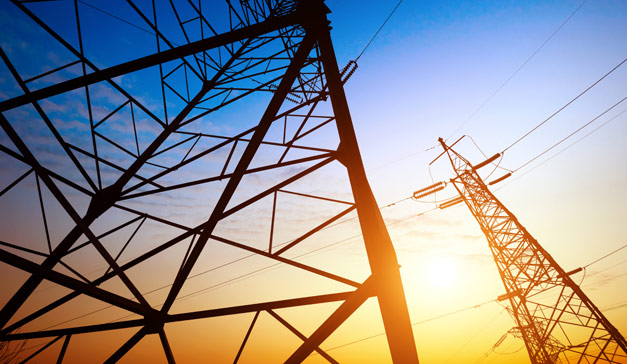An infinite swarm of millions of people, and the constant movement of tons of goods. Where? In Asia. The most heavily trafficked area in the world in constant risk of congestion. Faced with this dizzying scenario, an epochal infrastructure challenge is happening.
Look at the numbers. The Asian Development Bank estimates that traffic congestion in Asian countries produces a continental loss of almost 5% of their gross domestic product, while a study conducted by the Mizuho Financial Group foresees that the same area will need infrastructure investments equal to $6.5 trillion by 2020. At least 37% of that enormous sum will serve to implement electrical grids in East and Southeast Asia. Indonesia alone, just to name one, will need to create an additional 35,000 megawatts of power in 2019 over the 46,000 that it produced in 2013. We haven’t even mentioned the urban railway networks in eight South-Southeast Asian countries that will quadruple by 2030. Thailand has four train projects in the works valued at almost $9 billion, and India is evaluating new rail projects in at least ten cities. In short, taken together, we’re talking about staggering turnover– and relative costs. Experts evaluate the financial availability of specialized regional institutions — from the Asian Infrastructure Investment Bank, to ADB, and the New Development Bank of BRICS, etc.– at less than 5% of the real need to realize the necessary infrastructure projects.
So, despite the Chinese economy’s worrying slowdown, the Asian region and its necessary infrastructure growth will be one of the central points of global business over the next 10 to 15 years, attracting businesses and foreign capital at an unprecedented level. Therefore, starting now, these emerging economies need to track down funds quickly, and one of the best approaches is to raise public awareness regarding projects under construction, like the bridge connecting Hong Kong and Macao.
At 50 kilometers, it is the de facto longest bridge in the world, supported by artificial islands, overpasses, and underwater tunnels. Barring any unforeseen incidents (like the disintegration of artificial islands, which has already happened), it should be completed in 2017, stretching from the Pearl River estuary to the Chinese mainland in Zhuhai; it will be the only land-based alternative to the connection between Hong Kong and China (direction Shenzen).
On the other hand, the reason Asia can only grow is dictated by simple motivations: a young demographic, low fiscal debt, and few healthcare flaws, while in Europe we have social security systems that are hemorrhaging services (due to the presence of too many elderly and immigrants). Aside from that, Asia doesn’t have any of Europe’s obstacles when it comes to the labor market, and at this point they have the best education systems in the world. And, importantly, there are many, many Asians– 3 billion humans!– and they make up their own market: a closed and voluminous market.
Therefore, without many turns of phrase, the confrontation between Asia and the West is merciless. In the west– US included– financial policies aimed at stimulating demand are translated into increased public spending. Instead, Asian countries don’t have this problem because their growth is satisfied by internal production. And they’re counting on a surplus of savings, in primis Japan and China.
So, what should we expect? It’s simple! Get ready to see the most beautiful buildings, the most colossal and genial bridges, the most important dams, and the highest skyscrapers in Asia, as well as the greatest architects in the world.
In summary, Asia represents the new frontier in global infrastructure. The interesting question to ask is: who will benefit from Asia’s infrastructural development? Above all, Latin America and Africa who have lived as suppliers– also of raw materials– for Asia.
Before this colossal business, we need to get ready for another scenario. In the World Economic Forum’s latest report on the global competitive situation, which includes the analysis of 140 countries, Indonesia ranks in 62nd place, the Philippines in 90th, and Myanmar at 134th. The report’s main metric is the Growth Competitive Index (GCI), which measures a country’s potential growth, while another, the Business Competitive Index (BCI), measures actual productive performance. In the first three places we find Switzerland, Singapore, and the United States (Italy is 43rd). Today, according to our premise at the beginning, the growth of diverse Asian economies is hindered by the shortage of infrastructure. But they’re not standing around, dilly dallying; many of these Asian countries will climb the rankings like the best version of Pantani on mythical Tour de France climbs.
In conclusion, the new Silk Road– maritime and terrestrial– will soon bring an enormous wave of construction and a relatively crazy push to continental economic development because the future of infrastructure, architecture, and to some extent the future of Science are in Asia. We’re expecting big numbers. While we sit around and watch.




















Lascia un commento